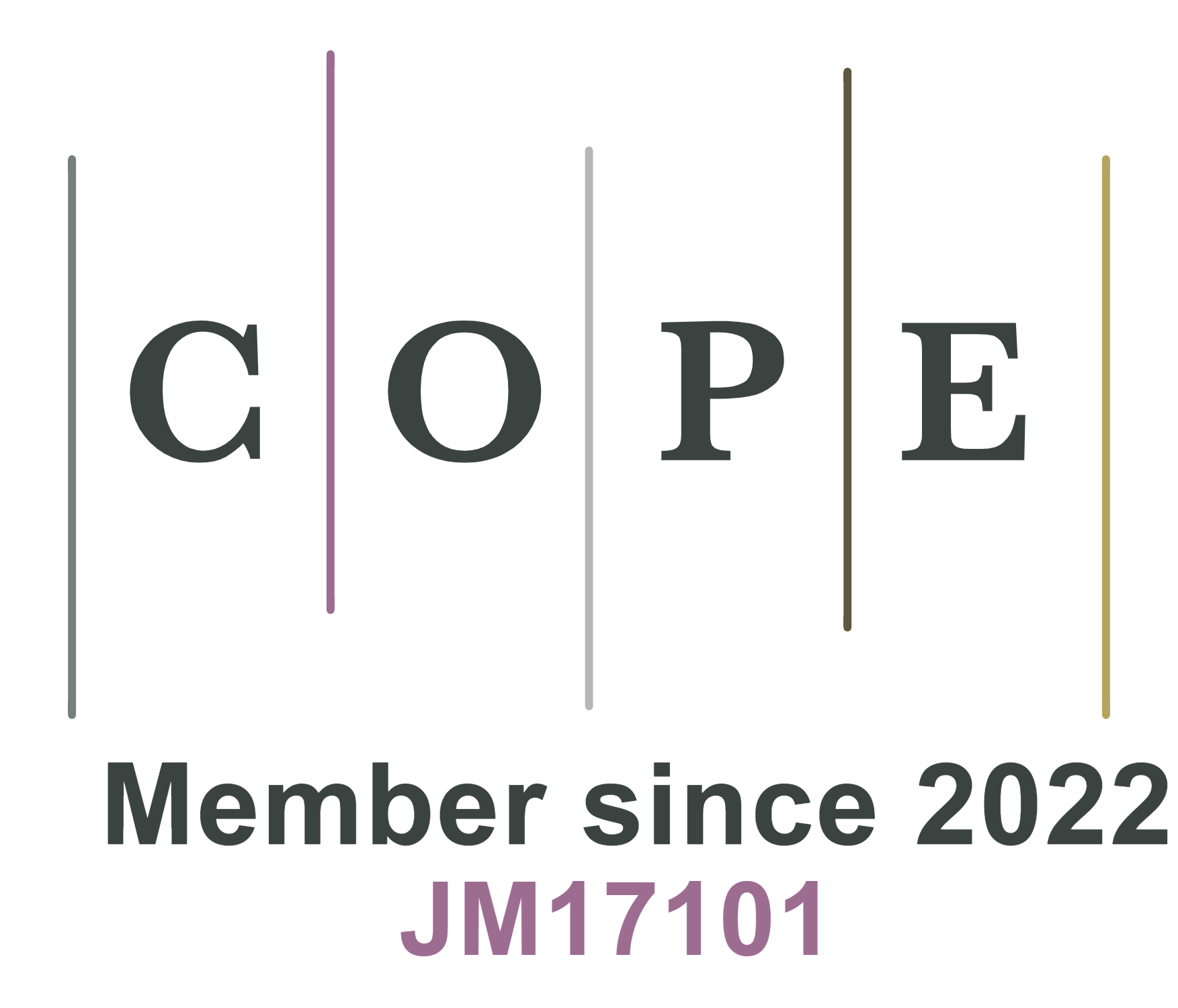Innovative strategies to significantly boost photocatalytic hydrogen production: from high-performance photocatalysts to potential industrialization
Abstract
To address global energy and environmental challenges, photocatalytic hydrogen production has emerged as a clean and promising technology that utilizes solar energy to generate green hydrogen, producing only water as a byproduct. This review highlights recent advances in strategies for significantly enhancing photocatalytic hydrogen evolution to promote its industrialization. Key approaches include morphology optimization for improved light absorption and charge transport, metal hybridization or incorporation to enhance catalytic activity and selectivity, and interface engineering to facilitate charge separation and reaction kinetics. And the emerging photocatalysts, such as two-dimensional transition metal carbides (MXenes), metal-organic frameworks (MOFs), covalent organic frameworks (COFs), and high-entropy materials provide more superior alternatives. Furthermore, this review discusses multifunctional enhancements for practical applications and showcases cutting-edge large-scale demonstrations, including 100 m2 panel arrays and compound parabolic concentrator reactors, which achieve a solar-to-hydrogen efficiency of 9% and 300-hour stability in seawater splitting. These advances underscore the techno-economic potential of photocatalytic hydrogen production and bridge fundamental research with industrial implementation. Finally, the current challenges and future research trends are pointed out for designing high-performance photocatalysts and offering insight into the feasible strategies to develop the industrial application of photocatalytic hydrogen production.
Keywords
Energy conversion, photocatalysis, hydrogen, water, high performance
Cite This Article
Cui H, Chen C, Lu X, Wang Q, Guan G, Han MY. Innovative strategies to significantly boost photocatalytic hydrogen production: from high-performance photocatalysts to potential industrialization. Energy Mater 2025;5:[Accept]. http://dx.doi.org/10.20517/energymater.2025.128













